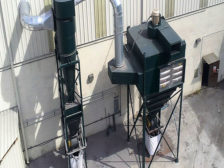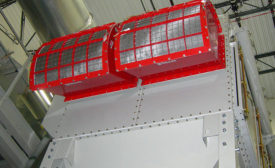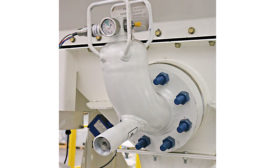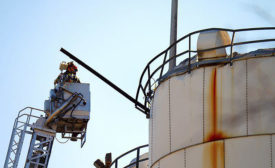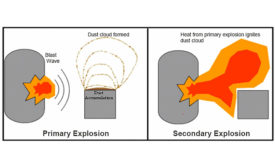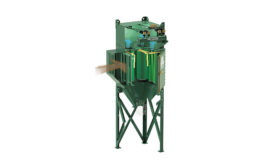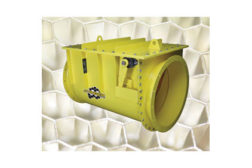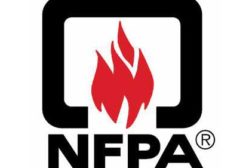Home » Keywords: » dust collection systems
Items Tagged with 'dust collection systems'
ARTICLES
How safe is your dust collection?
6 questions to evaluate safety, risk of deflagration & compliance
August 1, 2019
Dust explosion control
Choose the dust explosion protection option that will best protect your systems
March 27, 2019
Damages, injuries, expenses following a combustible dust incident
Be aware of the many losses that can pile up
March 12, 2019
Detecting dangerous combustible dust
Know how to measure levels, mitigate risks & comply with standards to avoid explosions
March 8, 2019
ANSI/ASHRAE Standard 199 improves industrial dust collection
Assess & compare PERFORMANCE
November 1, 2017
Become a Leader in Safety Culture
Build your knowledge with ISHN, covering key safety, health and industrial hygiene news, products, and trends.
JOIN TODAYCopyright ©2025. All Rights Reserved BNP Media.
Design, CMS, Hosting & Web Development :: ePublishing
